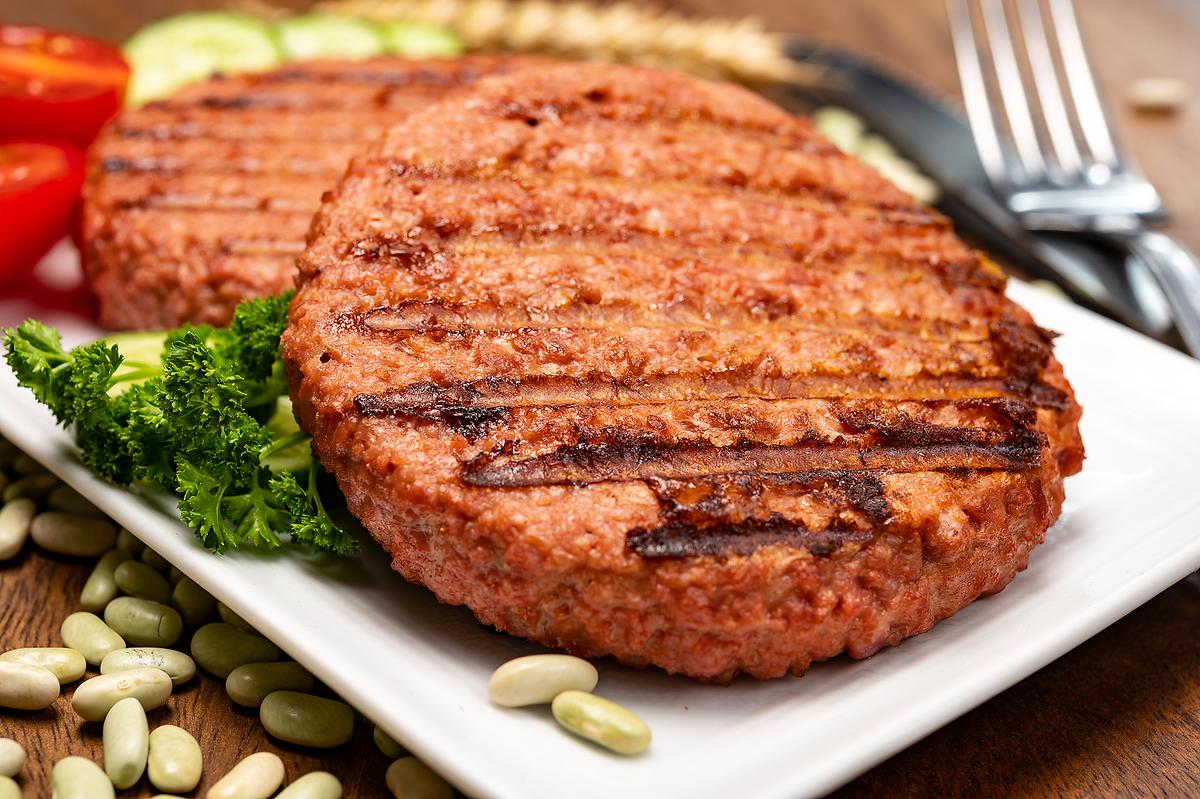Trendy Health Foods: Doctor Warns That These 4 "Health Food" Trends May Be Misleading by Dr. Sunitha Posina, Board-Certified Internist

The free time coronavirus lockdown has brought to households across the nation has many spending more time at home, on their phones and on social media, looking up new diets or recipes to stay healthy. However, certain foods and ingredients that are trending on social media as “healthy” can be extremely misleading and even harmful. Here are some of the most well-known "health foods" and how they might not always live up to the hype:
- Hard Seltzer: Hard-seltzers have grown in popularity as a "good choice" for health-conscious consumers with low carbohydrate and calorie content. But in reality, a refreshing alcoholic drink that’s lighter in calories and feels less filling may make it easier to imbibe more. No matter the calorie count, over-consumption of alcohol and binge drinking has a long list of long-term health effects.
- Plant-based Alternatives to Meat: While some can be higher in certain vitamins and minerals than animal meat (they’re added during processing), they can also be higher in sodium and carbohydrates. However, not all meats are made the same. Always check the nutritional label to avoid being misled into buying a product you think is better for you than meat.
- Celery As a Miracle Vegetable: Despite what social media says about the "miracle juice," there isn’t any evidence to support the end-all-be-all claims (prevent cancer, lowers cholesterol, prevent digestive disorders, help lose weight and promote clear skin) influencers and celebrities made. Celery juice is virtually void of fiber, which is what helps make people feel full and aids weight loss, thanks to the juicing process. While drinking the juice doesn’t do any harm per se, it’s not the magical detoxifier and cleanser everyone thinks it is.
- Gluten-free When You Don't Need to Be: To imitate the flavor and texture of wheat gluten, companies will use corn, oat and rice flours, which aren’t necessarily healthier for you. Suppose you don’t have celiac disease or gluten sensitivity. In that case, you might end up with nutritional deficiencies as fortified bread, whole wheat and cereals are a significant source of B vitamins and fiber.
The information on 30Seconds.com is for informational and entertainment purposes only, and should not be considered medical advice. The information provided through this site should not be used to diagnose or treat a health problem or disease, and is not a substitute for professional care. Always consult your personal healthcare provider.
Take 30 seconds and join the 30Seconds community. Inspire and be inspired.
Related Products on Amazon We Think You May Like:
30Second Mobile, Inc. is a participant in the Amazon Services LLC Associates Program, an affiliate advertising program designed to provide a means for us to earn fees by linking to Amazon.com and affiliated sites.













join discussion